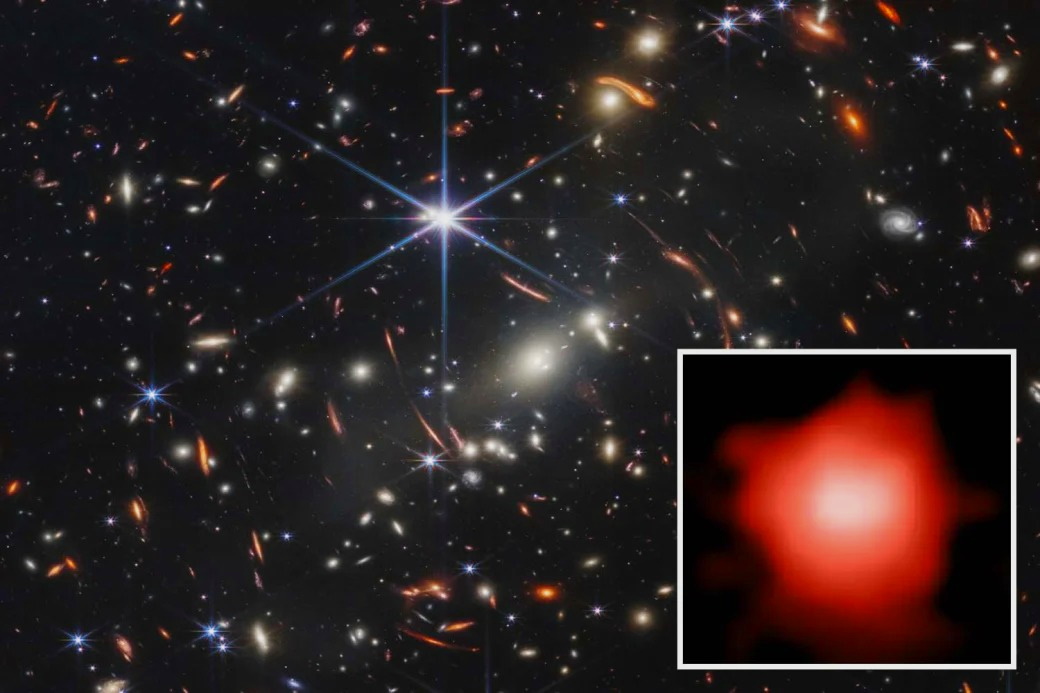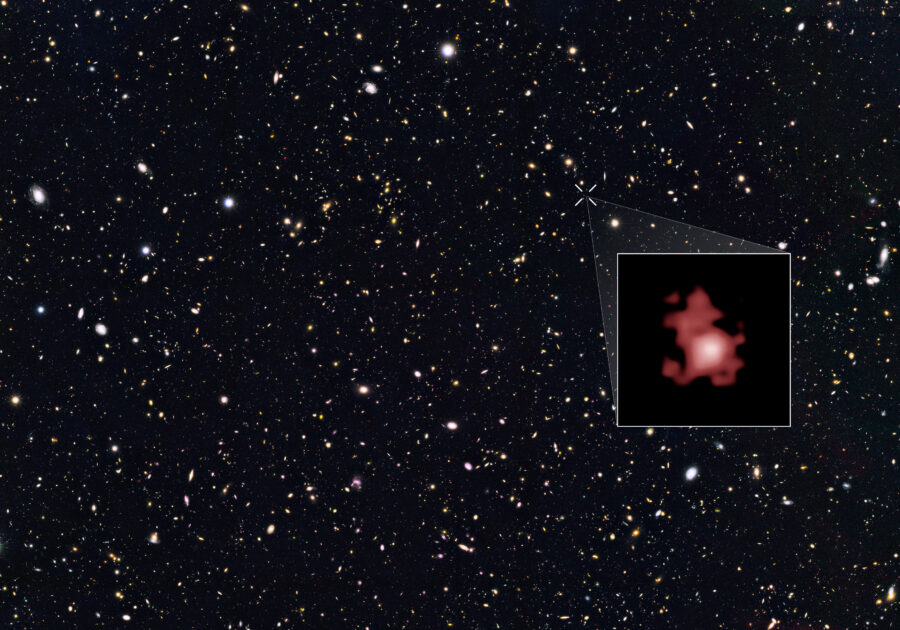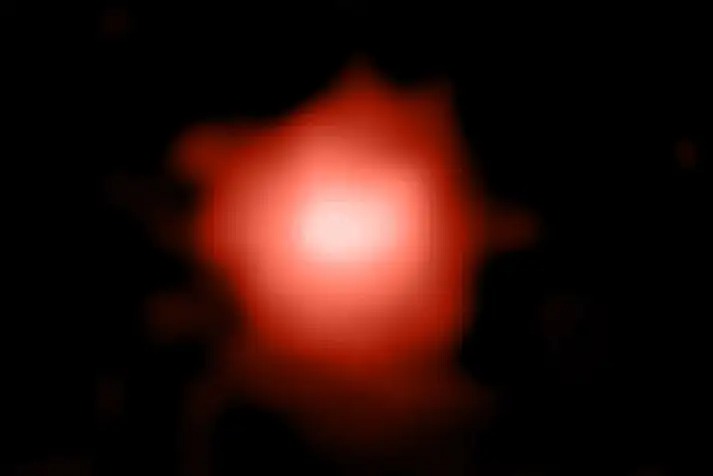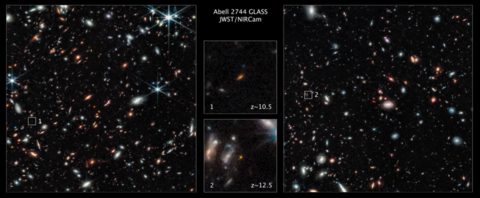Researchers using the James Webb Space Telescope have discovered two extremely old galaxies that emerged just a few million years after the Big Bang. Distant galaxies were found in the Abell 2744 cluster. The farthest galaxy discovered was named GLASS-z12 and appeared only 350 million years after the Big Bang, and the other – 450 million years later.

At first, there was some debate among researchers about the accuracy of the early JWST data as the calibrations were refined. At first, the galaxies were given a redshift estimate of z~13, but later this number was refined and reduced to 12.5 with the help of more accurate calibration. The other one turned out to be closer to us with an index of z~10.5.

The previous record holder is the galaxy GN-z11, which existed 400 million years after the Big Bang (z~11.1), and was identified in 2016 by the Hubble and Keck Observatory in the Deep Field programs.
Galaxy exploration programs

The galaxies were identified in two JWST programs: GLASS-JWST Early Release Science Program (Grism Lens Amplified Survey from Space) and Cosmic Evolution Early Release Science Survey (CEERS). The data from these studies revealed galaxies with a high redshift index. The greater the redshift, the longer the distance the light overcame before reaching us. Therefore, the light from such galaxies shows their very old age.

To identify the oldest galaxies, researchers begin by watching images taken by James Webb and selecting interesting galaxies based on their color. They are looking for galaxies that are not displayed in visible light, but are displayed in the infrared range. This means that the galaxy is so strongly shifted to red that its light has gone beyond the range of visible light, making it potentially very old.
Amazing discovery
During their study, it turned out that these galaxies are much brighter than expected. This has led astronomers to doubt whether they know how galaxies formed in the young universe. This has forced scientists to reconsider their assumptions about the most ancient stars. Astronomers suggest that these oldest galaxies had very bright stars with a completely different structure, which differs from those existing today.
“This opens up a whole question about the nature of stars and how they form, as well as the types of stars that form at very early times,” said Garth Illingworth, researcher at the first epoch of reionization Spectroscopic Complete and Public Release IMaging for Extragalactic Research.
Earlier we reported that James Webb will help clarify the number of galaxies in the Universe.
According to NASA
Follow us on Twitter to get the most interesting space news in time
https://twitter.com/ust_magazine

